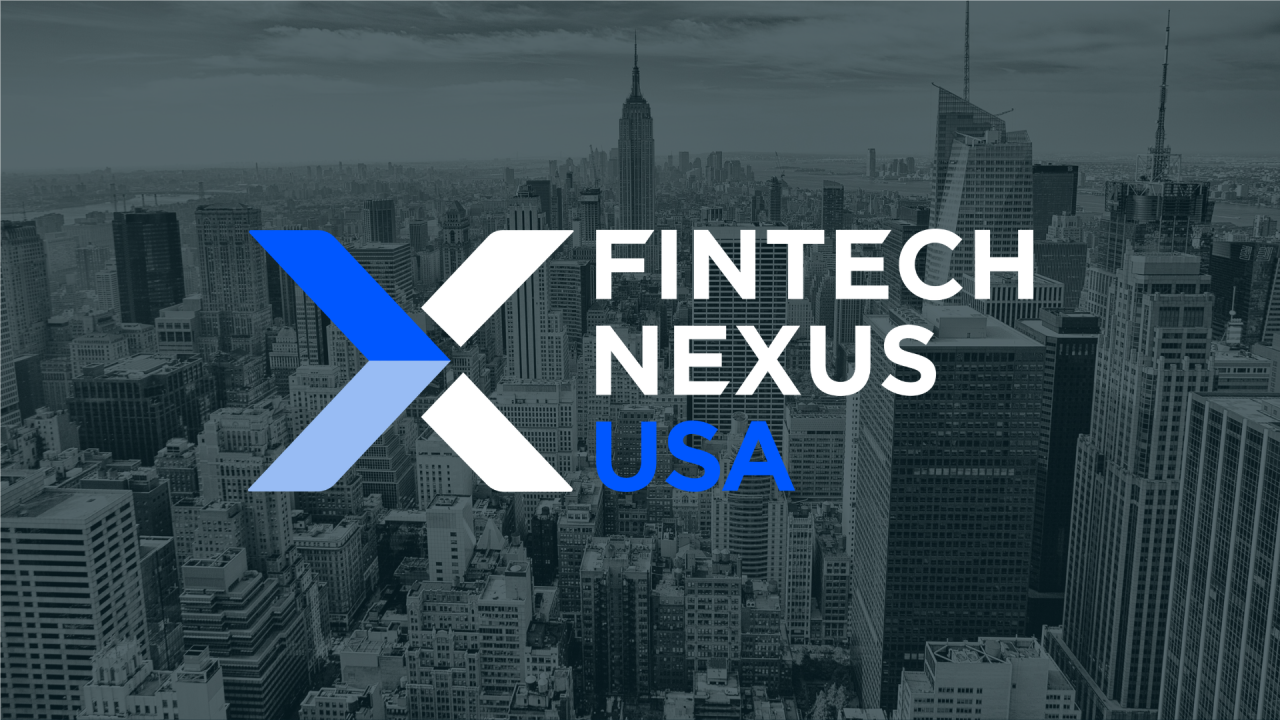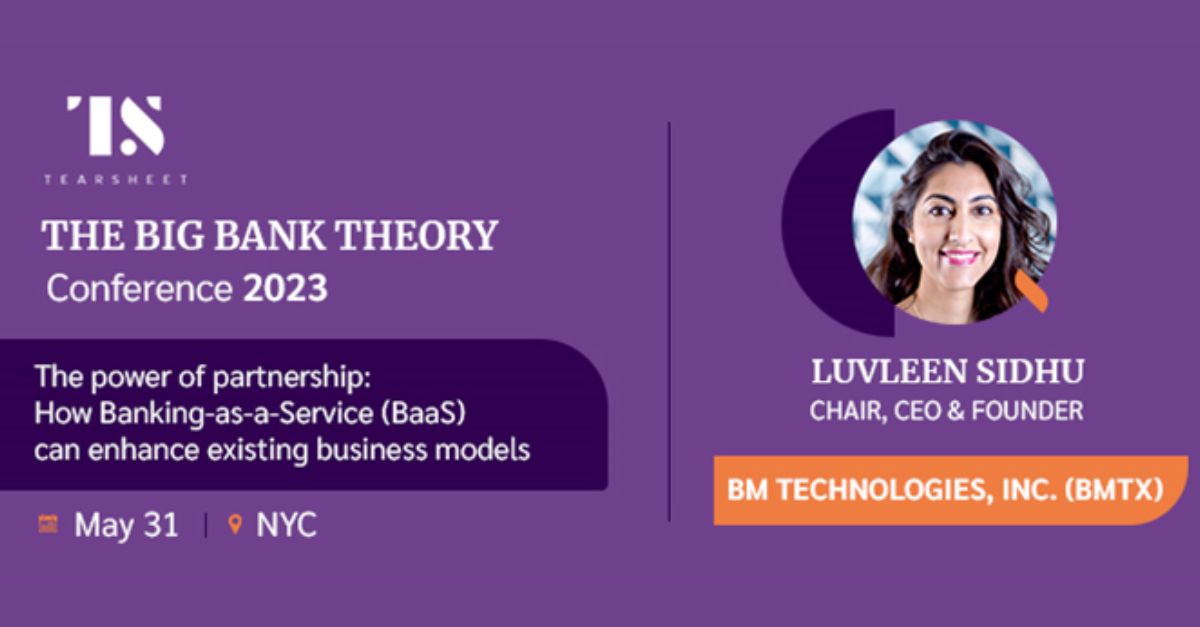Why Mobile Banking Will Replace Bank Branches
Technology is disrupting the banking industry in several ways. For instance, customers today interact with their banks via mobile devices more often than they visit a bank branch. Jay Sidhu, chairman and CEO of Customers Bank and BankMobile, believes that within five years mobile banking will become the norm.
It was this conviction that inspired Sidhu to set up BankMobile, a mobile-first bank, as a division of Customers Bank in January 2015. His daughter Luvleen Sidhu, who was working as a management consultant at Booz & Co. in the financial services practice, came on board as co-founder of BankMobile. She is now president and chief strategy officer. BankMobile currently has some 1.8 million customers. The Sidhus believe that over the next five to seven years, this number could go up to five million.
In a conversation with Knowledge@Wharton, Jay and Luvleen Sidhu discuss the future of banking, their goals for BankMobile, and why they are selling it to Flagship Community Bank. The spin-off and merger is scheduled to close in mid-2018. “I’ve been in the banking business for 45 years. This is the most exciting time. There is an opportunity to use a new means to show exponential growth,” says Jay Sidhu.
An edited transcript of the conversation follows.
Knowledge@Wharton: You launched BankMobile, which you call a completely digital bank, in January 2015. What was the opportunity that you saw?
Jay Sidhu: Banking is about attracting customers and making them feel good about their relationship with the bank so that they become customers for life. Traditionally, banks have used their branches to acquire customers. We noticed that customers were visiting bank branches less and less. We had to find a new way to attract them. We created a task force, which Luvleen headed, and told them: “If you couldn’t open a single bank branch, how would you acquire customers? How would you engage with customers so that they say, this is a great experience? How could you make them customers for life?” We felt that if we didn’t disrupt ourselves, then somebody else would.
Luvleen Sidhu: On an average, people walk into a bank branch once or twice a year. But they interact with their bank on mobile devices 20 to 30 times a month. From a business model perspective, bank branches are acquiring only 52 net checking accounts a year per branch. That is not an exponentially growing customer acquisition vehicle. We started thinking how we could create a sustainable, low cost, high volume customer acquisition strategy. That’s how we developed BankMobile.
Knowledge@Wharton: How does the mobile banking market in the U.S. compare to other parts of the world? A lot of the action seems to be in places like Africa and Asia.
Luvleen: Yes, it has been a lot slower in the U.S. This is partly because of the regulatory environment. It’s very difficult for fintech players or non-banks to enter into the banking space here. The reason is to protect the consumer. But it creates a lot of entry barriers for innovators in this space.
Jay: The U.S. banking system is built upon giving access to people in a local way. Regulators believe that if you permit digital banking it will be available primarily in populated centers and that the remote areas, the middle part of the country, will not have access to it. I think that is a total fallacy. My prediction is that within five years, the U.S. will be a leader in digital banking globally.
Knowledge@Wharton: How will that leadership be established?
Jay: It will be established because the U.S. is the innovation center of the world. There is a lot of innovation taking place in the fintech area, but it’s the bank charters, and it’s a partnership that is being debated. Regulators are preventing banks from engaging with fintech companies because they believe that fintech is not good for the consumers. There is no question that you need good regulation, there is no question you need good consumer protection, but why should one have to walk into a bank branch to open an account? For credit cards, you don’t need to go to a bank, but you need to do it for a checking account. BankMobile has changed that whole process. It is opening almost as many checking accounts as Bank of America does through its 4,000 plus branches across the nation. I think there will be more BankMobiles coming up, and it will become a very common way of doing banking in the United States.
Knowledge@Wharton: One of the advantages that fintechs seem to have over traditional banks is their ability to engage with millennials. How can banks engage more actively with millennials in terms of customer acquisition?
Luvleen: This may be a false perception. Some fintechs are doing really well — for instance, SoFi and Robinhood have done a great job of acquiring customers — but these are just a handful. There are thousands of fintech companies out there and one of their main struggles is customer acquisition. They are resorting to old school forms of marketing like direct marketing, where customer acquisition costs are $500-$1,000 or more, which is extremely high and not sustainable. That is why we’re seeing consolidation of fintechs. They are either shutting down or partnering with banks to create a sustainable customer acquisition strategy. While it seems like fintechs are doing a great job in terms of customer acquisition because they have a great user interface and are paying attention to customer experience, in reality banks are much better at customer acquisition because of the stickiness of the direct deposit checking account relationship.







